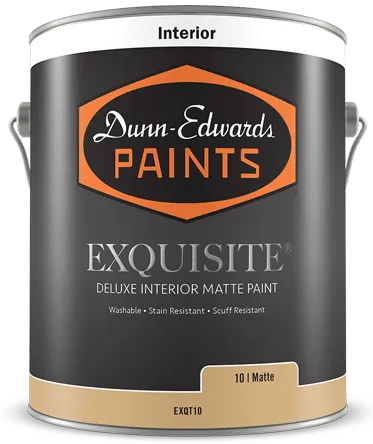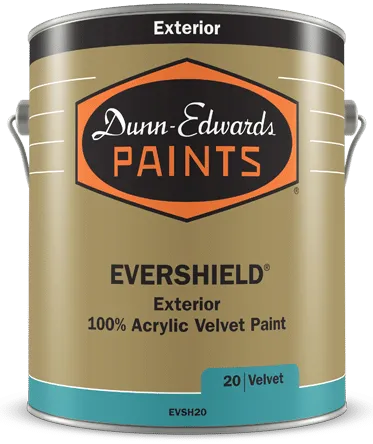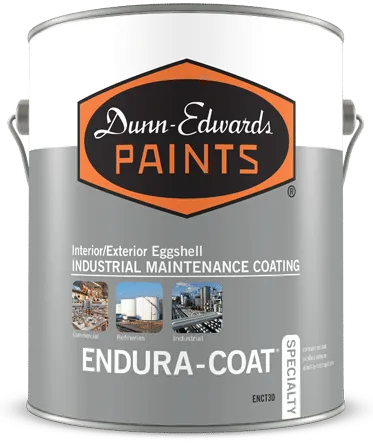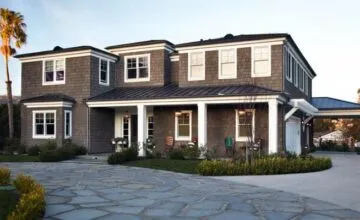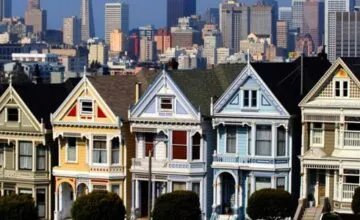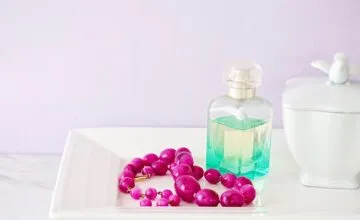Craftsman Exterior Paint Colors
08/04/2013 | davidcamacho |
Craftsman architecture and its distinctive color palette originated in the U.S. in the early 1900s as an evolution of the English Arts and Crafts movement. Emphasizing simplicity, function, and honest craftsmanship, Craftsman homes were designed to blend into their natural surroundings. This approach stood in stark contrast to the ornate, mass-produced Victorian homes of the time.
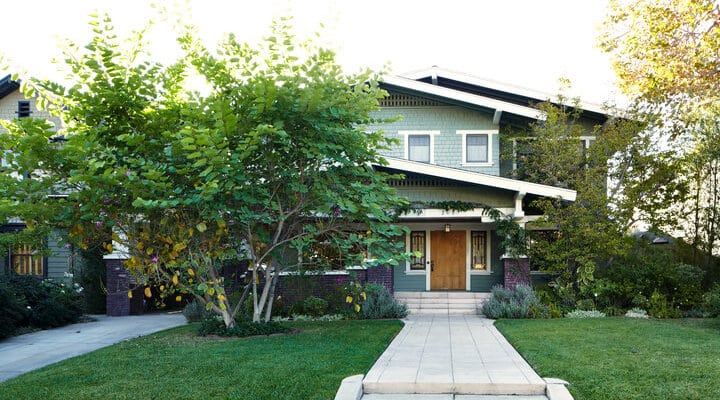
The Origins of the “Craftsman” Name
The term “Craftsman” originated from the magazine title published by furniture designer Gustav Stickley between 1901 and 1916. Homes built from Stickley’s magazine plans were considered true Craftsman houses. However, as the style gained popularity, other magazines, pattern books, and mail-order catalogues began offering home plans with Craftsman-style design details. As a result, the word “Craftsman” became a broader term for any home that reflected the ideals of the Arts and Crafts movement, including the widely beloved Craftsman bungalow homes.

Craftsman Design Period and Cultural Influence
The term American Craftsman or Craftsman style refers to a design movement that flourished between 1910 and 1925, during the transitional period between Art Nouveau and Art Deco. It influenced residential architecture, interior design, furniture, and decorative arts.
Typical Craftsman Style Features
Today’s Craftsman homes often incorporate elements from the original movement and related styles such as Mission, Prairie, and California Bungalow. Some designs also incorporate elements inspired by Asian or Swiss architecture.
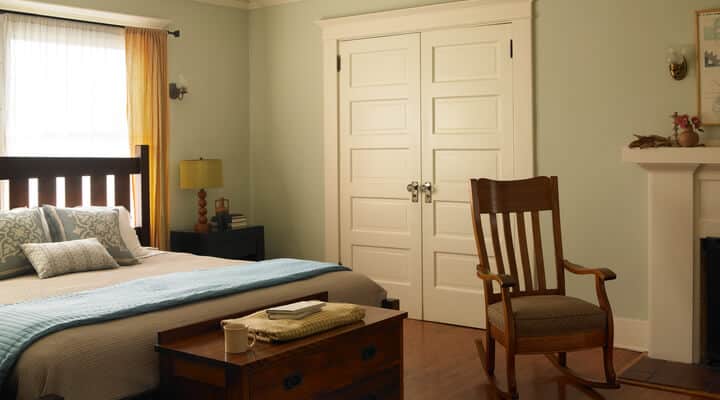
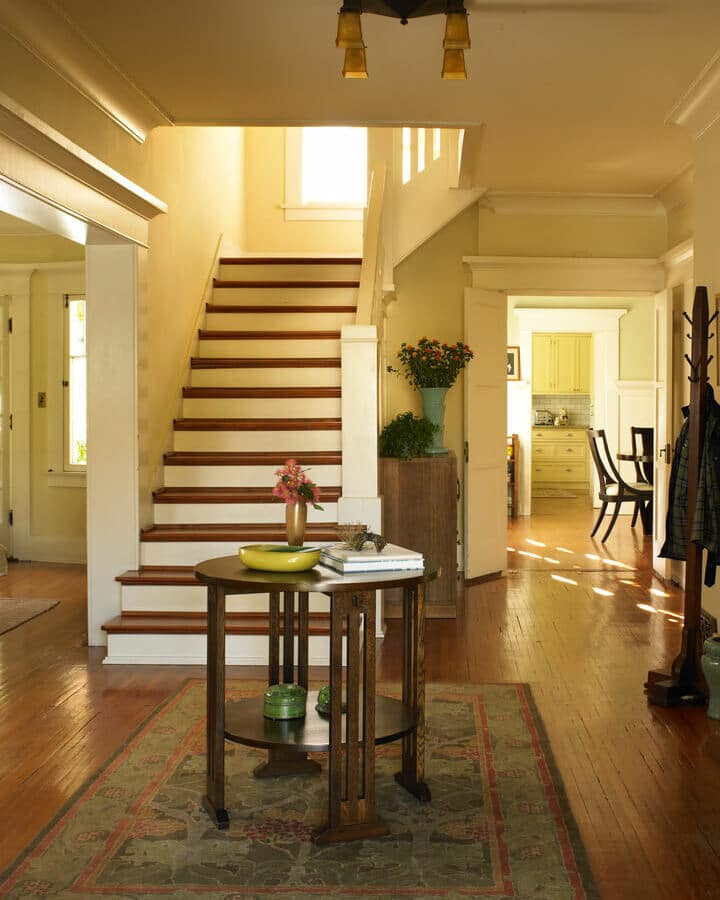
Common Features of Traditional Craftsman Houses
Traditional Craftsman house features are defined by quality craftsmanship, organic materials, and timeless design elements that prioritize function and beauty. Rooted in the Arts and Crafts philosophy, these features remain highly desirable in both restored and newly built Craftsman homes.
Typical architectural and design details include:
- Exterior siding made of natural materials such as wood, stone, or stucco
- Historic building elements like clapboard, shingles, stone, brick, and distinctive clinker brick
- Low-pitched rooflines that extend outward to shelter porches and walkways
- Wide eaves with signature triangular brackets for structural support and visual interest
- Exposed roof rafters, emphasizing handcrafted construction
- Front porches supported by thick square or round columns, often anchored in stone bases
- Prominent chimneys made of rough or cut stone create a strong visual anchor.
- Open floor plans with minimal hallways, designed for fluid movement between rooms
- Abundant natural light from grouped windows, often featuring stained or leaded glass.
- Beamed ceilings that add depth and rustic character to interior spaces
- Dark wood wainscoting and molding, especially in dining and living rooms
- Built-in furniture, such as bookcases, window seats, and cabinetry, to maximize space and utility
Together, these elements define the iconic look of Craftsman bungalows and historic Craftsman homes, celebrating simplicity, authenticity, and nature-inspired design.
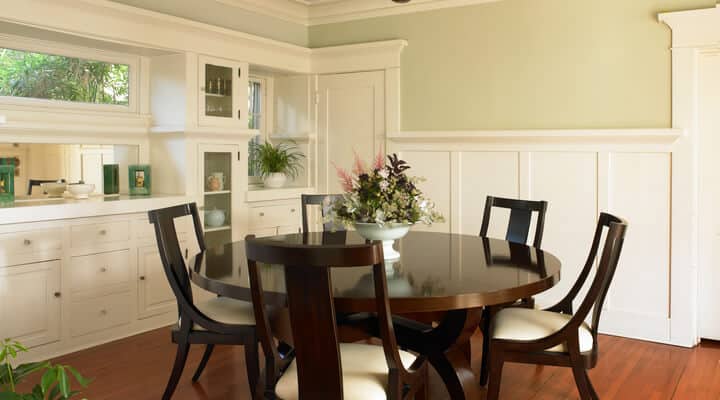
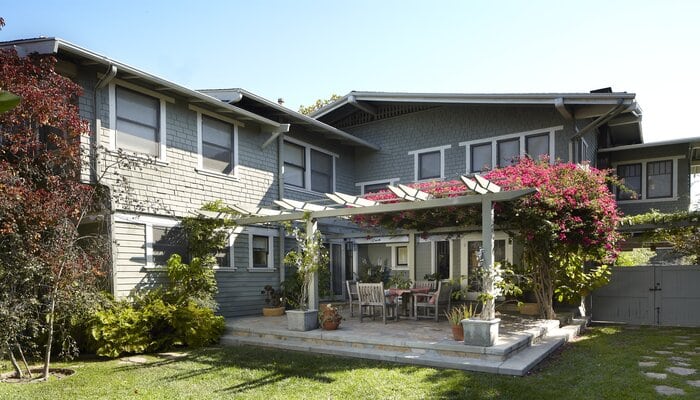
Examples of Historic Craftsman Architecture
Some of the most iconic examples of historic Craftsman architecture and authentic Craftsman house colors can still be seen today:
- The Gamble House by Greene & Greene Architecture (1908), Pasadena, CA
- Frederick C. Grable House, designed by Frederick C. Grable and Clarence Austin (1907), Pasadena, CA
These homes are celebrated for their architectural integrity and authentic Craftsman color schemes, which serve as design references for restorations and new builds alike.
Painting Tips for Craftsman-Style Homes
Color played a major role in defining the Craftsman aesthetic. Rooted in the Arts and Crafts movement, the preferred hues were drawn from nature, especially the rich tones of autumn. This natural color connection was central to the Craftsman philosophy.
Roof and Body Color Combinations
One of the most important considerations in selecting Craftsman-style paint colors is the roof color. The roof often dictates the appropriate body and trim colors for a balanced, historically accurate look.
- Brown Roof
Pair with traditional body colors like olive, dark green, or russet. For a lighter, vintage-inspired look, choose colors like muted yellow, soft orange, or sage green—popular in 1920s Craftsman homes. - Green Roof
Works well with warm body colors, including brown, deep yellow, or red, in rich and subtle variations. - Red Roof
Pairs beautifully with classic Craftsman house exterior colors such as brown, olive, green, tan, golden yellow, blue-green, gray, or off-white.
Trim and Accent Colors
In true Craftsman style, ornamentation is minimal, so color becomes an essential design element. During the Arts & Crafts era, homes typically featured:
- One major trim color, possibly a secondary trim
- One or two accent colors for visual interest
- Trim color in medium contrast to the body (avoid low-contrast dark-on-dark combinations, as they flatten the overall look)
These principles remain true today, helping preserve the charm of traditional Craftsman house colors while allowing room for creativity within the style.
Doors, Windows, and Eaves
- Doors
Most homes from the Craftsman era featured two or three doors, with the main entry door often stained. For a modern take that respects tradition, use medium brown or a coordinating accent from your Craftsman color palette. Avoid colors like hunter green or burgundy, which are more suited to subdivision styles than authentic Craftsman homes. - Windows
Typically, the window sash was painted a different color from the trim to create visual contrast and dimension. - Eaves
These were generally painted the same color as the trim to outline the building’s shape and reinforce architectural details.
Front Porch and Exterior Detailing
The front porch is a key architectural element in Craftsman homes and should draw from the overall exterior color palette for harmony:
- Columns are often painted in a lighter tone than the body for contrast.
- Paint railings and spindles in the trim color, or use a two-tone scheme with darker railings for added contrast.
- Ceilings are traditionally off-white to reflect light downward, but may also be stained or painted in a deeper tone for warmth.
- Porch floors are most often painted in earthy, muted tones—dark gray, red, brown, or green—consistent with natural Craftsman paint colors.
Craftsman Color Schemes
Authentic Craftsman house color schemes are inspired by natural landscapes and fall foliage, resulting in rich, muted tones that harmonize with the environment. Below are eight curated Craftsman color palettes organized by body color, trim, window sash, and accents — ideal for exterior updates, Craftsman home paint colors, or restoration projects.
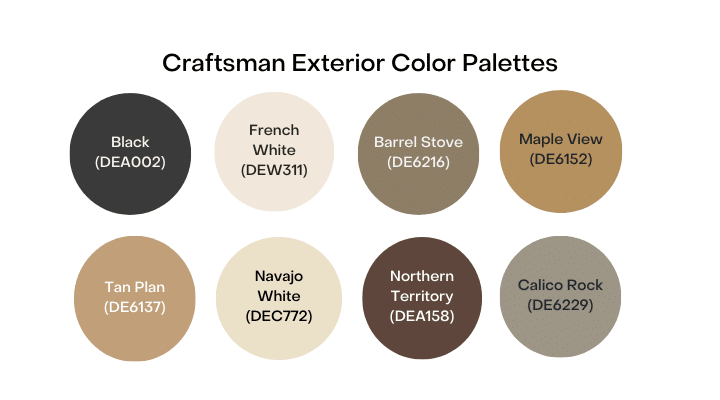
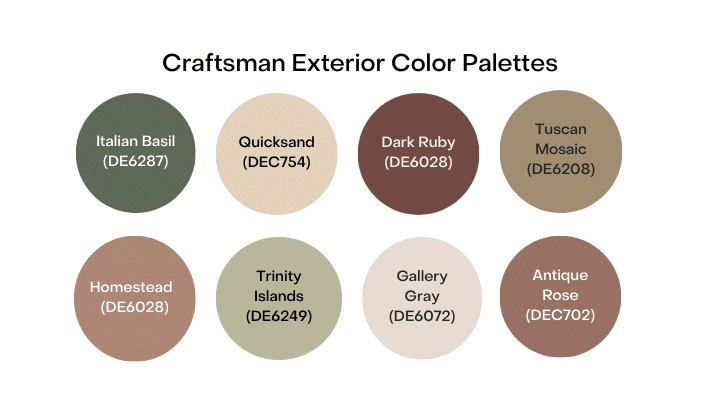
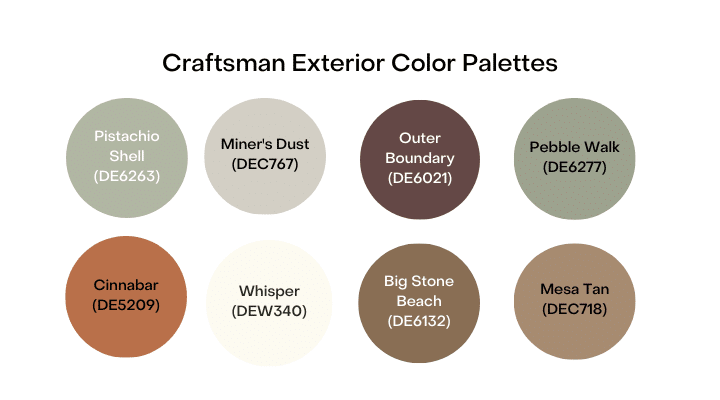
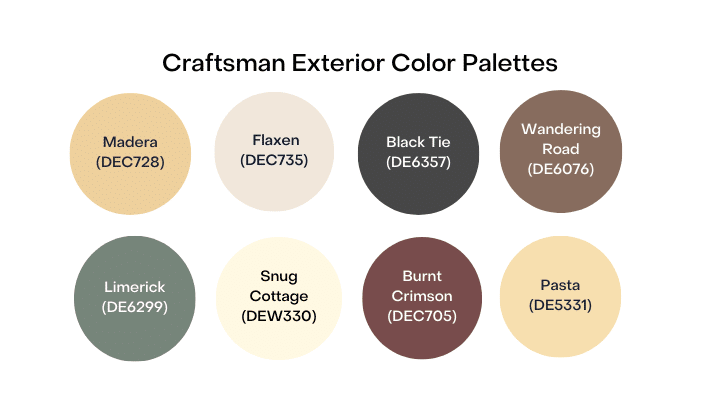
Conclusion: Designing With Craftsman House Colors
When you pick the right paint colors for a Craftsman home, you bring out its charm and stay true to its roots. A little knowledge of the style’s history helps you make classic and fresh choices. Drawing inspiration from 1920's Craftsman interiors, historic Craftsman exterior paint colors, and sticking to a nature-inspired color palette, you can confidently highlight your home's character while staying true to its roots.
Need more ideas? Explore trends in craftsman interior paint colors, dark green Craftsman houses, and colorful Craftsman homes that blend tradition with modern style.
All images by Dunn-Edwards and Getty Images



